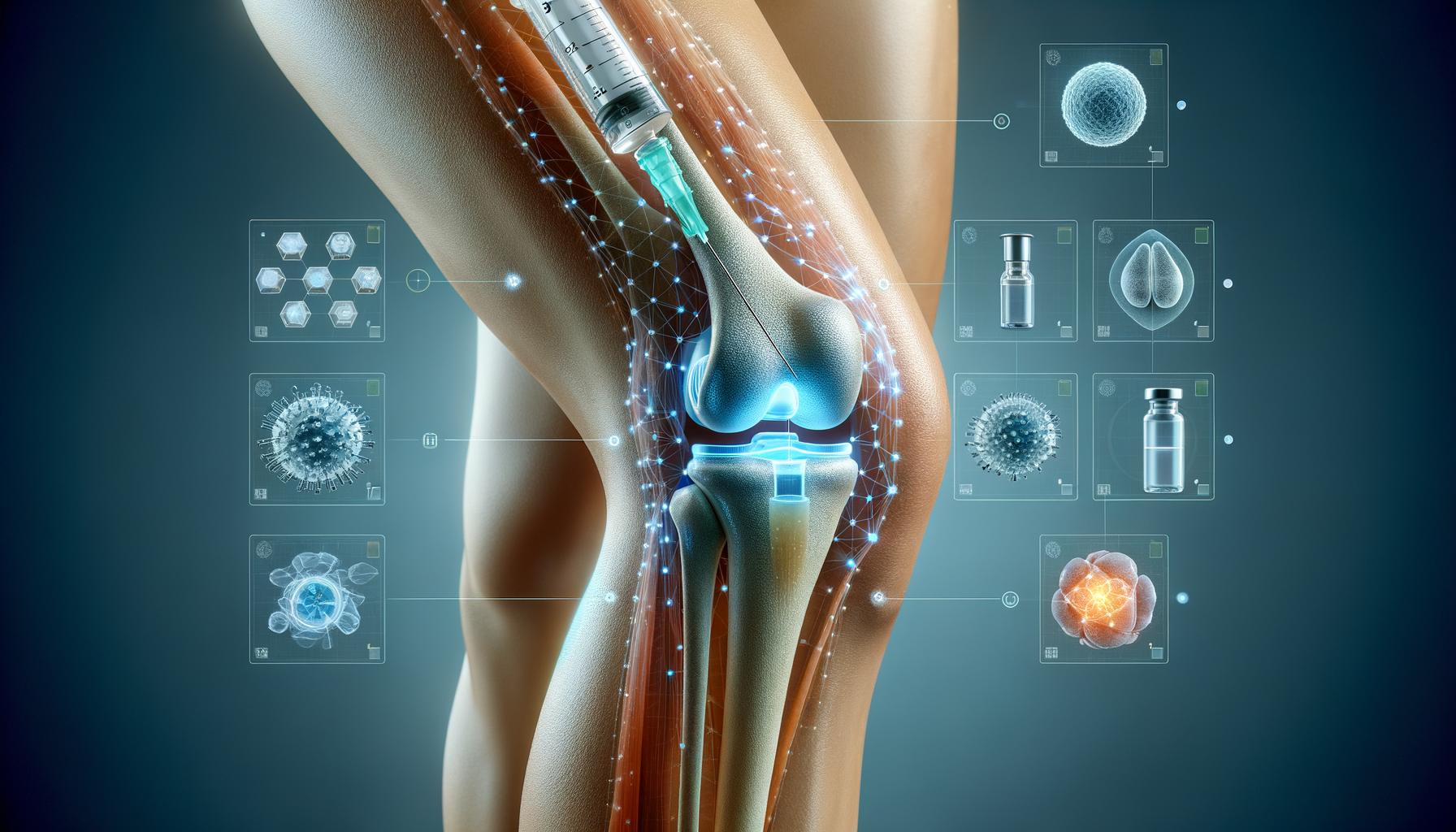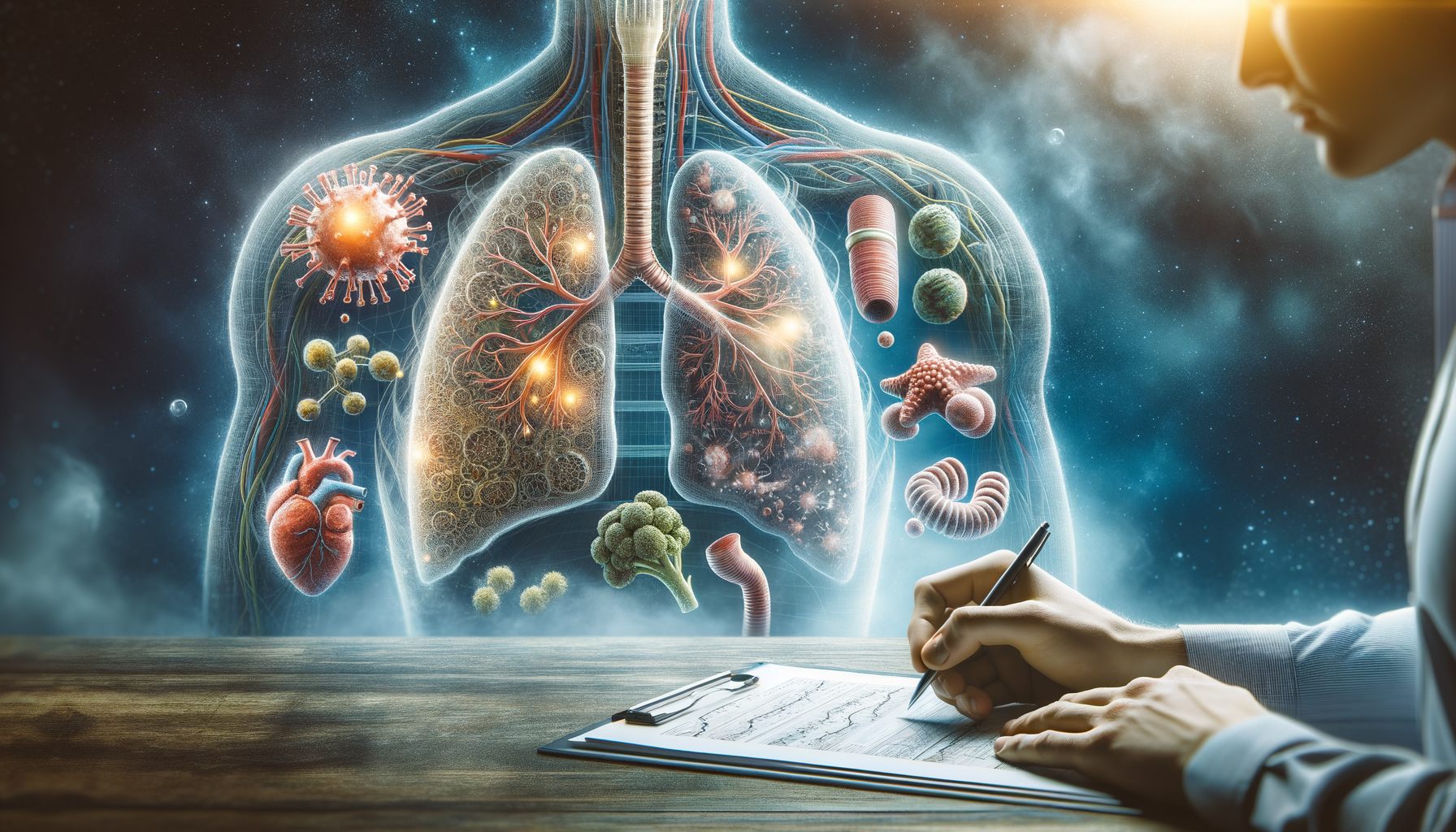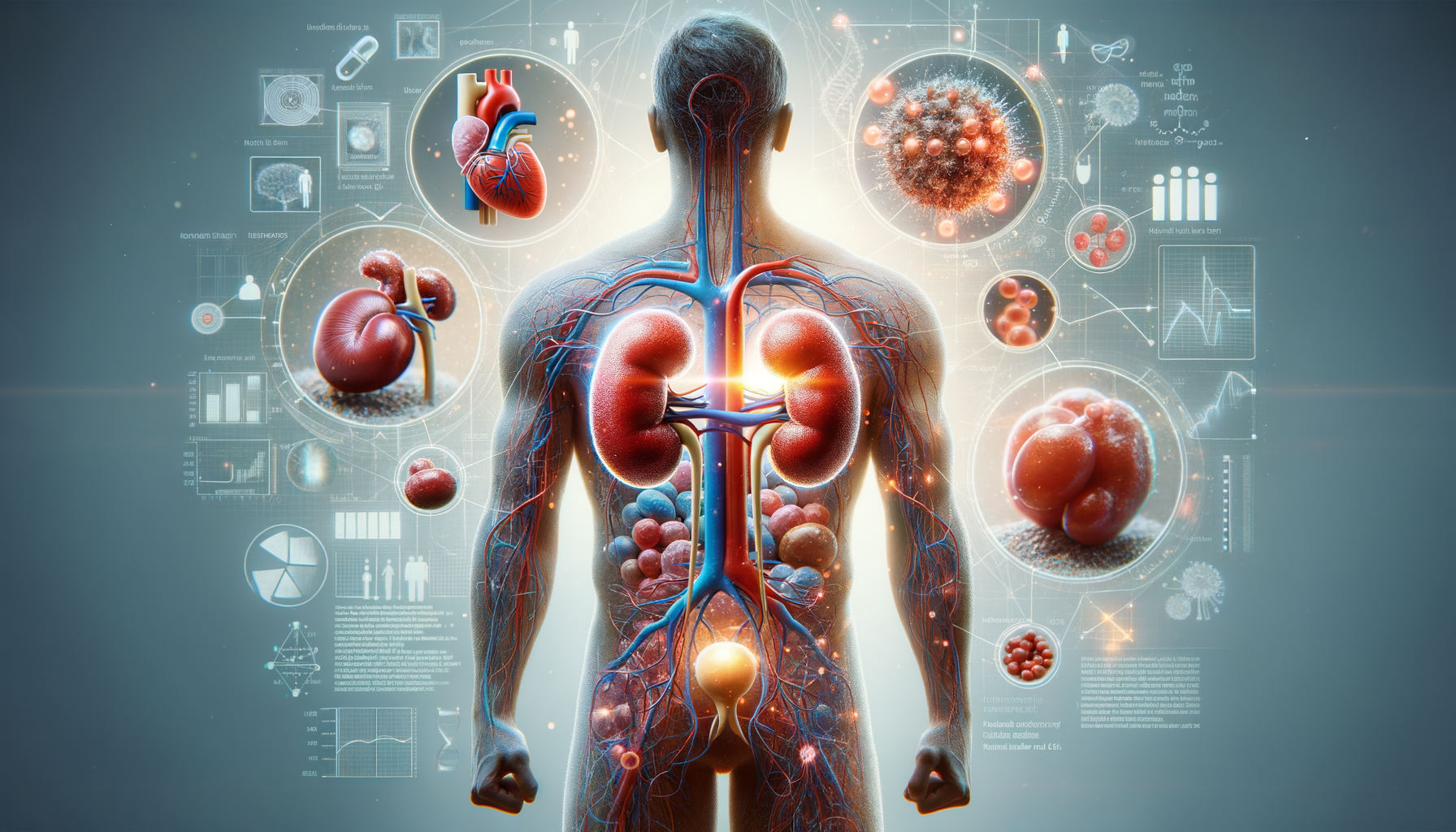Introduction to ADHD and Its Challenges
Attention Deficit Hyperactivity Disorder (ADHD) is a common neurodevelopmental disorder that affects both children and adults. It presents a range of symptoms including difficulty focusing, hyperactivity, and impulsive behavior. These symptoms can significantly impact daily life, affecting academic performance, work productivity, and personal relationships. Understanding ADHD and its treatment options is crucial for managing the disorder effectively. This article aims to provide a comprehensive overview of ADHD treatments, focusing on medication options and their role in symptom management.
Understanding ADHD Medications
ADHD medications are primarily divided into two categories: stimulants and non-stimulants. Stimulants are the most commonly prescribed medications and include options such as methylphenidate and amphetamines. They work by increasing the levels of certain neurotransmitters in the brain, which helps improve attention and focus while reducing hyperactive and impulsive behaviors. Non-stimulant medications, such as atomoxetine and certain antidepressants, offer an alternative for those who may not respond well to stimulants or experience undesirable side effects.
Choosing the right medication often involves a process of trial and error, as individuals may respond differently to various drugs. Healthcare providers typically start with a low dose and gradually adjust it to find the optimal balance between effectiveness and side effects. It’s important for patients to communicate openly with their healthcare providers about their experiences with medication, as this feedback is essential for fine-tuning treatment plans.
The Role of Behavioral Therapy
While medication is a cornerstone of ADHD treatment, behavioral therapy plays a significant role in managing symptoms. Behavioral therapy focuses on modifying specific behaviors and developing coping strategies to improve daily functioning. It can be particularly beneficial for children, helping them develop organizational skills, improve social interactions, and enhance academic performance.
Parents and caregivers are often involved in behavioral therapy sessions to learn techniques that support their child’s progress. Techniques may include positive reinforcement, time management strategies, and structured routines. For adults with ADHD, therapy can help address issues such as time management, organization, and interpersonal relationships, providing a holistic approach to treatment.
Lifestyle Modifications and ADHD Management
In addition to medication and therapy, lifestyle modifications can significantly impact the management of ADHD symptoms. Regular physical activity, a balanced diet, and adequate sleep are fundamental components of a comprehensive treatment plan. Exercise has been shown to improve focus and reduce symptoms of anxiety and depression, which often co-occur with ADHD.
Dietary considerations include maintaining a diet rich in omega-3 fatty acids, lean proteins, and complex carbohydrates, which can support brain health. Consistent sleep patterns are also crucial, as sleep disturbances can exacerbate ADHD symptoms. Establishing a bedtime routine and creating a sleep-friendly environment can help improve the quality of sleep for those with ADHD.
Conclusion: Finding the Right Balance
Managing ADHD effectively requires a multifaceted approach that combines medication, therapy, and lifestyle changes. By understanding the various treatment options and working closely with healthcare providers, individuals with ADHD can find a personalized plan that helps them thrive. It’s important to remember that what works for one person may not work for another, so patience and persistence are key in the journey to finding the right treatment balance. With the right support and resources, individuals with ADHD can lead fulfilling and productive lives.




Leave a Reply